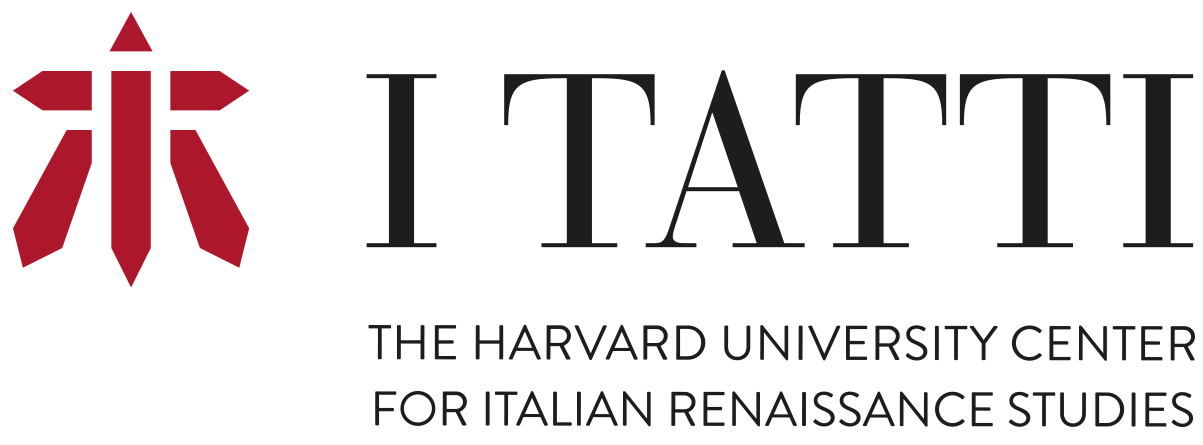Sharon Strocchia
Health for Sale: Marketing Medicines in Late Renaissance Italy
2021-2022 (April-June)

Biography
Sharon Strocchia is Professor of History at Emory University. She has published widely on women, family, religion, health, and society in fifteenth- and sixteenth-century Italy. She also has contributed to several public-facing digital humanities projects such as DECIMA and the Hidden Florence smartphone app. Some of her new research interrogates the visual cultures of early modern medicine, including representations of disease and pharmaceutical advertisements. Strocchia is the author or editor of five books. Her most recent book, Forgotten Healers: Women and the Pursuit of Health in Late Renaissance Italy (2019), was awarded the Marraro Prize (Society for Italian Historical Studies) and the Gordan Prize (Renaissance Society of America).
Project Summary
Health for Sale explores the hidden scaffolding that supported the commercial exchange of medicinal remedies and “wonder drugs” in Italy between 1550 and 1650. Combining medical history, business history, and the history of print culture, this book project considers how Italian states balanced concerns about the safety and efficacy of pharmaceutical remedies against the need for innovation in the face of changing disease environments and the influx of new drugs from Asia and the Americas. Rather than focusing on regulatory schemes, the project takes a trust-based approach to the development of state mechanisms of reliance such as patent privileges granted to medical entrepreneurs. These short-term monopolies on proprietary remedies often hinged on the “proof” produced by empirical drug trials, some of which used human subjects. Analyzing the process for granting patents not only highlights little-known aspects of the Renaissance state but also showcases the co-construction of early scientific practice and commercially valuable knowledge. Of equal concern is the cultivation of medical consumers through innovative marketing practices such as advertising, which capitalized on cheap print as well as the visual authentication of trademarks and brand names. These marketing strategies speak to nascent issues of intellectual property, the creation of the consumer, and the semiotics of trust and deception that saturated the medical marketplace in late Renaissance Italy.
